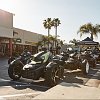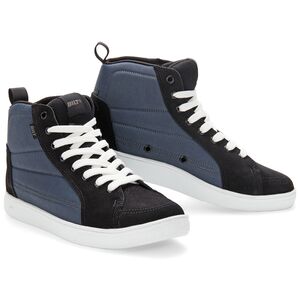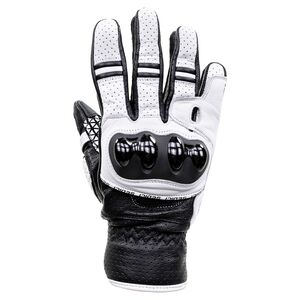It was a picture-perfect spring morning in north county San Diego. The marine layer was slowly receding from the familiar green hillsides that I like to call “my backyard.” The machine in front of me however, was very foreign.
Can-Am reached out to me with an opportunity to ride both the Spyder and Ryker amongst a group of women for International Female Ride Day (IFRD). At first I was hesitant to say yes. I’ve spent all my years as a motorcyclist with the assumption that the three-wheel machines had nothing to offer me. They were quite simply, “for someone else,” in my mind.

On a day set aside to encourage more women to ride, it felt appropriate that I should reach beyond my comfort zone and try something new. Can-Am is a brand that embraces that sentiment. Its models are purpose-built to attract new riders to the world of powersports. The company has a particular focus on female riders and their efforts have shown great results. Can-Am reports that women account for 21% of registered on-road Can-Am vehicles, and their Women Of On-Road (WOOR) Facebook group has a membership of more than 17,000 active users.
The group of women assembled for the IFRD was eclectic, with many ages and backgrounds represented. Some had no powersports experience, while our pack leaders from the local WOOR chapter had many years of riding behind them. Did you know that California does not require a Can-Am pilot to have a motorcycle license? Requirements vary state-by-state, with some demanding a motorcycle license while others have a specific three-wheel certification, and a few, like California, have no restrictions at all. (For more details, check out Can-Am’s licensing information on its site.) For the new riders in our group, all they needed were borrowed helmets and gear to hop on board and hit the road.

Therein lies the appeal of the Can-Am three-wheeled machines for the uninitiated. The commitment it takes to obtain a motorcycle license can be a serious barrier, so dismantling that requirement gets more riders into the saddle. Next, the semi- or full-automatic transmissions of the Can-Am on-road vehicles removes the obstacle of learning to shift gears. An EPA report from a few years ago found that only 1.4% of the new cars sold in the United States have manual transmissions, which means fewer and fewer people who might be interested in a powersports machine have previous experience shifting gears and operating a clutch, something the Can-Ams don't require you to do. Last, but not least, the comfort of knowing a three-wheeler won’t tip over at a stop is a trait that brings both new and old motorcycle riders to the fold.

However, let’s not forget that these three-wheelers also have some drawbacks when compared to a traditional motorcycle. Lane splitting, parking in tight confines, garage space, ability to load into a pickup truck, and more complicated mechanical systems to maintain all come to mind. Every rider will need to balance these pros and cons when they consider three versus two wheels.

I came up with a game plan to experience the full spectrum of what Can-Am had to offer. I would try the most expensive Spyder RT Sea-to-Sky edition ($30,999 MSRP), and then the entry-level model of the Ryker ($8,999 MSRP). Can-Am’s collection of three-wheelers offers a huge number of configurations, but by sampling the two bookends I would get a good sense of the complete range by the end of the day.

Sea-to-Sky: The Can-Am flagship
Ready to set sail? The Spyder RT Sea-to-Sky edition was designed to be the ultimate touring machine with every creature comfort a rider might desire while embarking on a journey of several days (or weeks).

The massive footprint of the Spyder RT weighs in at 1,021 pounds and houses a Rotax® 1330 ACE™ in-line three-cylinder, liquid-cooled powerplant that utilizes a six-speed, semi-automatic transmission with reverse function. Commonly known electronic rider aids such as traction control and ABS are present, but the Can-Am also has the unique additions of stability control, dynamic power steering, eco riding mode, and hill hold control.
The chassis is outfitted with SACHS Big-Bore shocks at the front and a SACHS shock with automatic air preload adjustment at the rear for suspension, and accompanied by Brembo four-piston fixed calipers up front and single-piston floating caliper at the rear.
The Sea-to-Sky edition is distinguished from the other Spyder RT models with the addition of luxury touring features. It has a 47-gallon capacity for luggage spread across side panniers, top box, and even a frunk. The adaptive foam seat, electrically adjustable windscreen, floorboards and heated grips (for both rider and passenger) are all top-notch.

Climbing aboard the Spyder RT was like hoisting myself onto the deck of a galleon ship. Stepping onto the floorboards even gave the sensation of sea legs, thanks to the sliding, vibration-dampening pads. The high saddle felt like being perched in the crows nest of a main mast. Talk about a new point of view! I was then instructed on the start-up sequence of the Spyder RT, which is absolutely unique to these machines and involves much more than a simple twist of the key ignition and start button.
The riding mechanics of the Spyder RT were also a new bizarre sensation to decode. No levers of any kind, a tiptronic paddle shifter to upshift (mandatory) or downshift (voluntary) with the semi-automatic transmission, a single right foot brake that initiates all brakes, and a traditional throttle.

Oh, and did I mention it has a third wheel? As I inspected the tires, shock assembly, and brakes it became clear that the Spyder RT has more in common with a quad than my motorcycle at home. The dynamics of counter-steering and leaning as I understood them were immaterial on this machine.

IFRD Spyder crawl
Our ride started out with benign surface streets to the freeway for several exits to get to the more exciting mountain roads around Palomar mountain. For the Spyder RT, this is its strong suit. Set the cruise control, lift the windscreen, put your favorite yacht rock station on the speakers, and you can jam out for endless highway miles completely satisfied. The only caveat I’ll mention here is that I did notice the Spyder had a strong desire to drift to the right, so I had to maintain a correcting input on the handlebars at all times. I talked to the Can-Am representatives afterwards and they said this is not normal behavior for the Spyder RT. They said it was possible that it needed adjustment. It's an example of how these machines are more car-like in some ways and have more complicated front suspension setups, so they may need car-like maintenance now and then, like a front-end alignment.

I began to play more with the engine characteristics of the Spyder RT on the fast sweepers of our backcountry route. Being that it is a half-ton vehicle with only 115 horsepower, the Spyder is sluggish getting all that weight moving. Once it gathers a head of steam, though, it pounds forward like a stampeding gorilla. The stopping power is so strong that the chassis has difficulty absorbing it. One emergency brake test nearly threw me from the saddle! I tried to rely on more engine braking with deliberate downshifts on the paddle shifter, but the semi-automatic transmission delivered little decel, even with the manual inputs.

On the tighter corners, I attempted to take on the twisties with speed and aggression. I tried leaning off on the inside of the corners like I would on a sport bike. It was a tenuous feeling, hanging off like a flea on King Kong’s back, and honestly did very little to improve the cornering finesse of the Spyder. Perhaps counterweight on the top-side of the three-wheeler would help? Negative. Trying to trail brake with a foot lever was also a strange sensation, not to mention the roll of the suspension was reminiscent of a car. I experimented to try and unlock some secret technique of cornering, but the Spyder RT was non-responsive to my hapless body gestures.

My gymnastics on the back of the Sea-to-Sky edition led to some laughs at a photo-op stop, with a WOOR rider asking me what in the heck I was up to. I told her I was trying to go fast, to which she queried, what for? I took a moment to let that sink in. Why was I trying to go fast? I suppose it was a natural impulse of mine on curvy roads. For the rest of the ride, I decided to lay that speed demon to rest. I happily sat upon my behemoth and just enjoyed the roads for the scenic experience and not the adrenaline rush.

Young blood: The Ryker
After the lunch break, I made the swap to the newest model in the Can-Am lineup, the budget-friendly Ryker. The Ryker was designed with younger generations in mind. It emphasizes agility, custom-fit ergonomics, and of course an affordable price point.

The Ryker was raw. An exercise in reductionism where the Sea-to-Sky had been full blown opulence in its extended features list. The younger Can-Am sibling felt closer to a motorcycle in all aspects. The sit-in-style cockpit, flat handlebar, no windscreen, something resembling a footpeg, and the engine vibrations all brought me back to that familiar feeling.

The Ryker had more bottom end, as far as power delivery goes, and jumped off the line with more aggression compared to the heavyset Spyder. The lower center of gravity, flat bar steering, and overall geometry of the Ryker provided better direct feedback from the road.
While the Ryker was a more genuine riding experience (at least for this motorcyclist), it undeniably feels more “budget” compared to the Spyder. The components are scaled back in quality and finish. However, with it being over $10,000 cheaper than the Spyder, the Ryker helps Can-Am cast a wider net to attract more riders to the brand.

Three wheels or two?
My first time riding the Can-Am on-road three-wheelers left me with plenty to contemplate. As a dyed-in-the-leather motorcyclist, I think it may be impossible to escape my internalized bias. I make it no secret that my love for two wheels stems from the performance aspect, with a particular emphasis on lean angle. Simply put, the Can-Am removes that from the equation of riding. So to my fellow sport riding enthusiasts, I am sure it is no shocker that these three-wheeled machines left me feeling wanting. There are also some strange quirks to the Can-Ams, such as elaborate startup sequences, squawking alarms associated with the parking brake (needed but annoying), and hovering a foot over the foot brake to “cover the brake” in case of emergencies left my calf muscles aching (whereas two fingers covering a front brake on a motorcycle is far less tedious).

With that said, I want to acknowledge that there is so much more to riding than how far you dare to lean a bike over. For those seeking to pound out extreme amounts of miles on a big touring trip with the wind running through your hair, the Can Am Spyder meets the demand. Comfort, convenience, and plenty of room for luggage and a passenger is something a vast majority of motorcyclists are in the market for. As for the Ryker? The price point and lower barrier of entry makes it a great alternative for those too intimidated to ride a motorcycle.
Most importantly, the Can-Am vehicles allow more non-riders to easily convert and enjoy the open road outside of a car. I could tell it was an exhilarating and memorable experience for the newbies who joined us. For other motorcycle riders who don’t have the same stamina any more due to medical issues or age but still want to feel the wind in their face, the Can-Am can be a saving grace, as well. The more people who feel empowered to trade a steering wheel for a handlebar, the better off we all are as a community. Is a three-wheeler right for me? Probably not. But the more important question is, is it right for you?
| 2023 Can-Am Spyder RT Sea-to-Sky | 2023 Can-Am Ryker Sport | |
|---|---|---|
| Price (MSRP) | $30,999 | $11,899 |
| Engine | Rotax® 1330 ACE™ in-line three-cylinder, liquid-cooled with electronic fuel injection and electronic throttle control | Rotax® 900 ACE™ in-line three-cylinder, liquid-cooled with electronic fuel injection and electronic throttle control |
|
Transmission, final drive |
Six-speed, belt drive | Six-speed, shaft drive |
| Claimed horsepower | 115 @ 7,250 rpm | 82 @ 8,000 rpm |
| Claimed torque | 96 foot-pounds @ 5,000 rpm | 58.3 foot-pounds @ 6,500 rpm |
| Frame | Steel spar | Steel tube and composite |
| Front suspension | Double A-arms with anti-roll bar, SACHS Big-Bore shocks; 6.9 inches of travel | Double wishbone, KYB HPG with preload adjustment; 6.34 inches of travel |
| Rear suspension | SACHS Shock with self-leveling air preload adjustment; 6.0 inches of travel | Multi-link, mono swing arm |
| Front brake | Brembo four-piston fixed calipers, 270 mm discs, ABS | Nissin two-piston floating calipers, 270 mm discs, ABS |
| Rear brake | Brembo single-piston floating caliper, 270 mm disc, ABS, parking brake | Single-piston floating caliper, 220 mm disc, ABS |
| Wheelbase | 67.5 inches | 67.3 inches |
| Seat height | 29.7 inches | 24.7 inches |
| Fuel capacity | 7.0 gallons | 5.28 gallons |
| Tires | MC165/55R15 55H front, MC225/50R15 76H rear | MC 145/60R16 66T front / MC 205/45R16 77T rear |
| Claimed weight | 1,021 pounds (dry) | 642 pounds (dry) |
| Available | Now | Now |
| Warranty | Two years | Two years |
| More info | Can-am.brp.com | Can-am.brp.com |


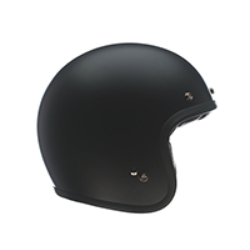

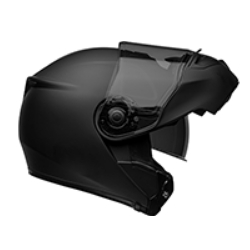

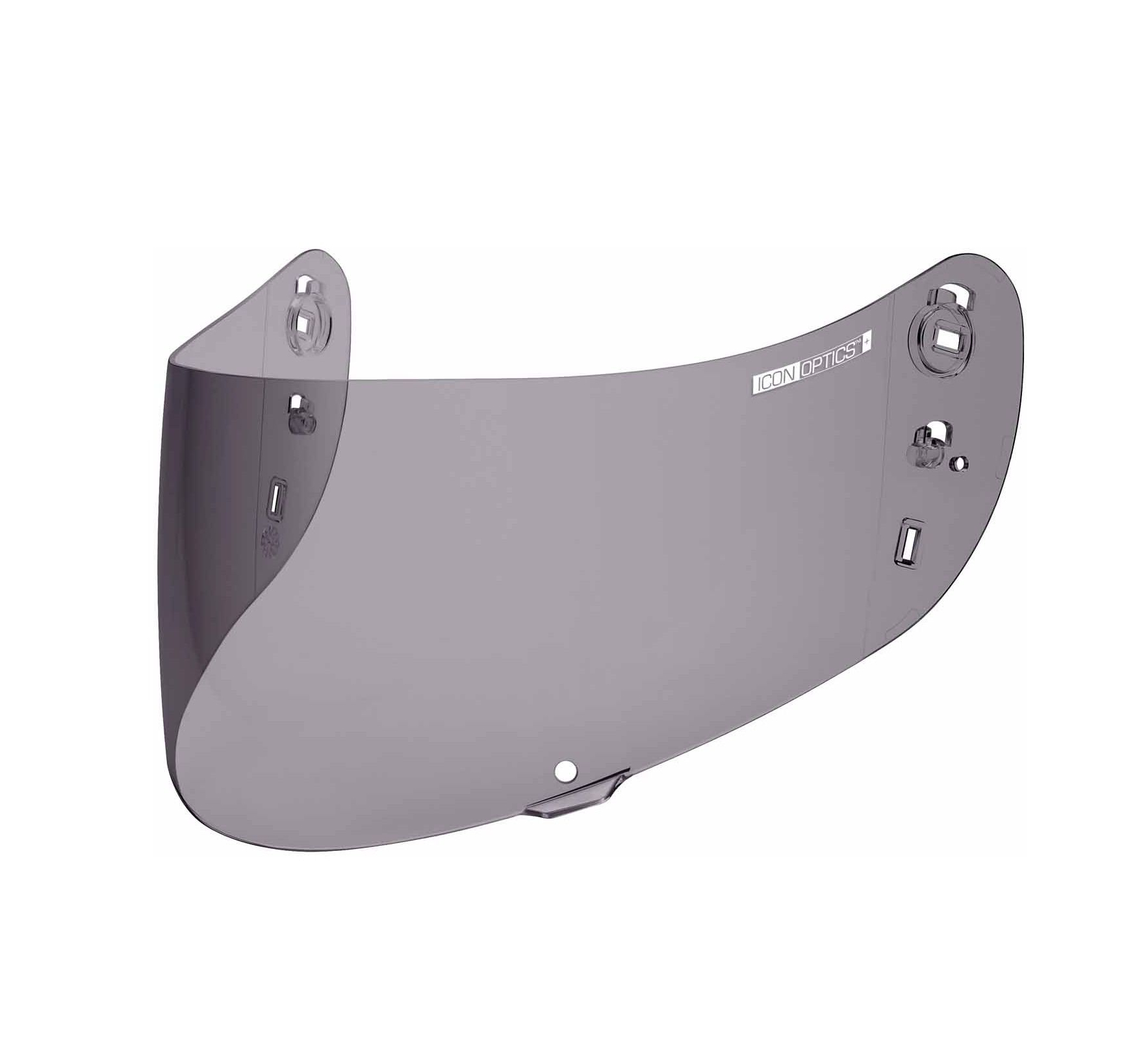
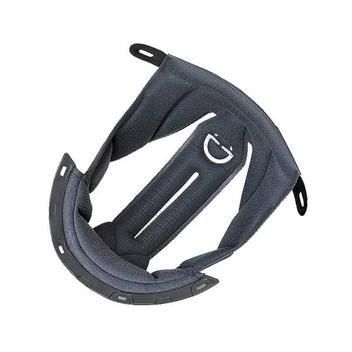
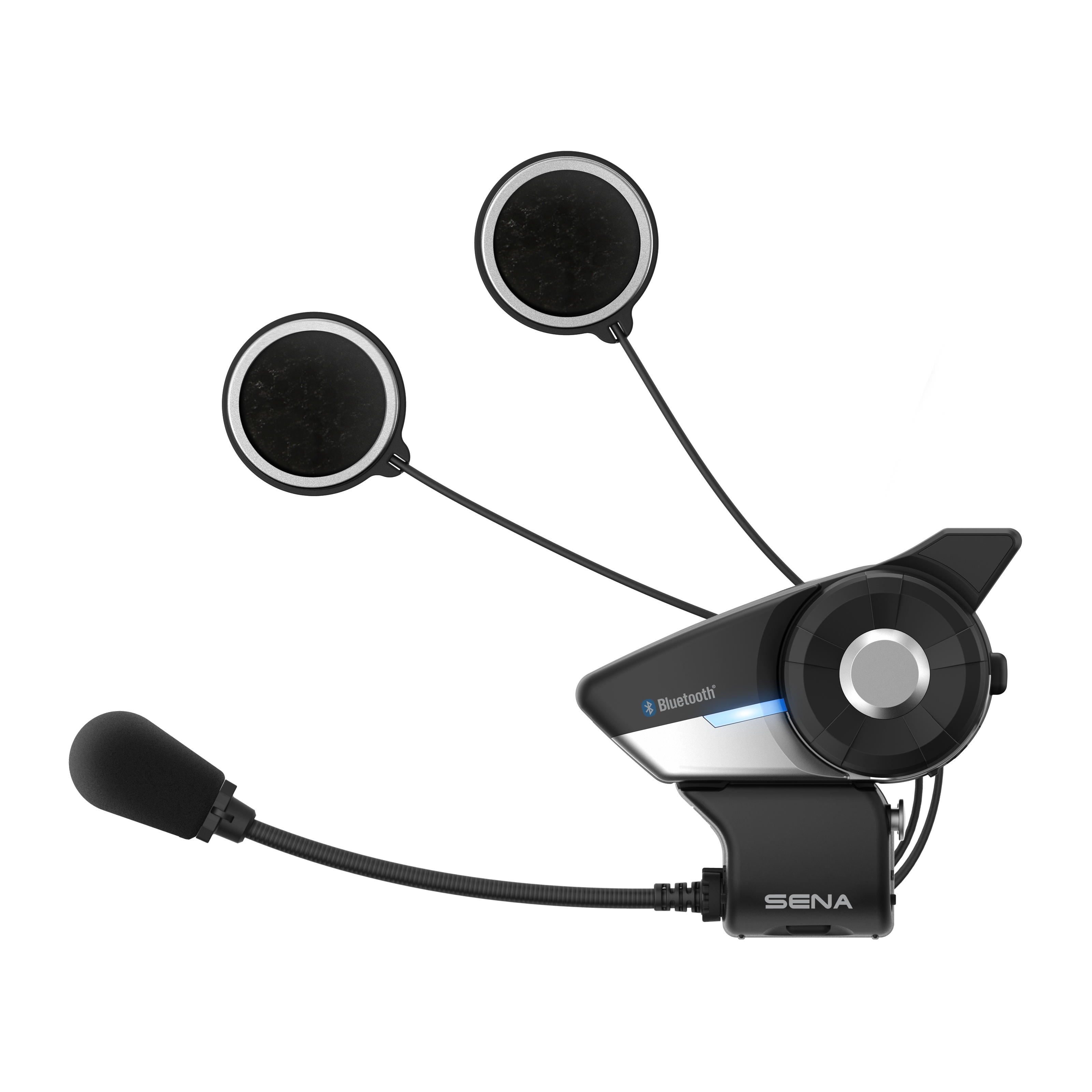
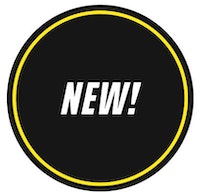

 Membership
Membership





